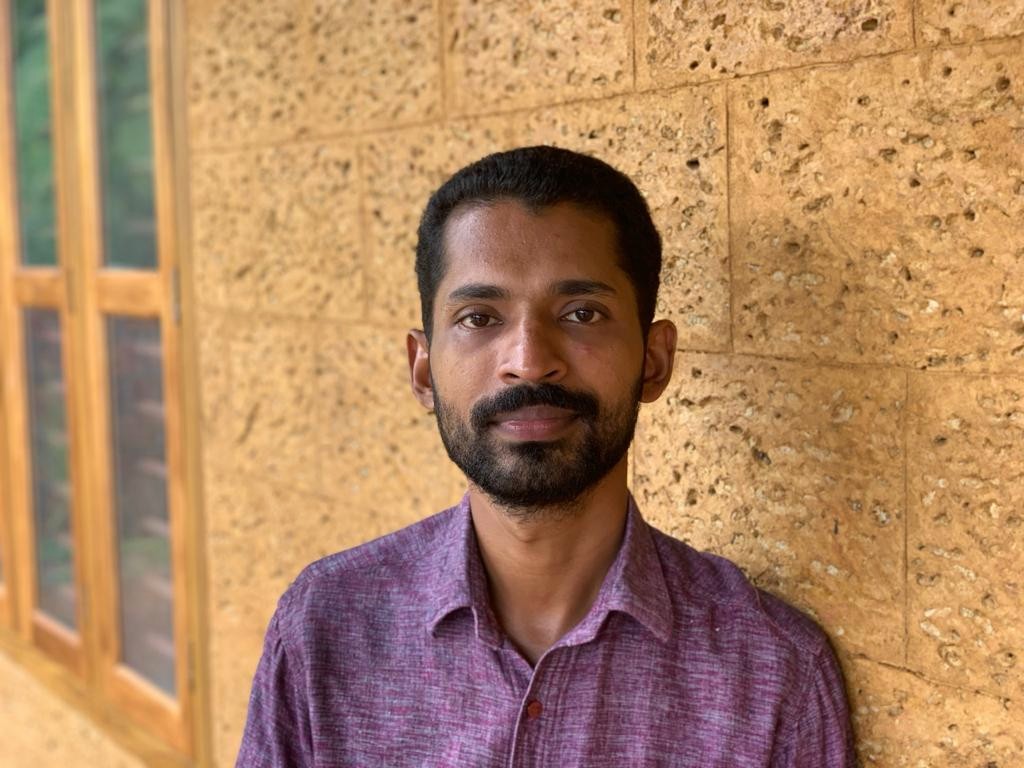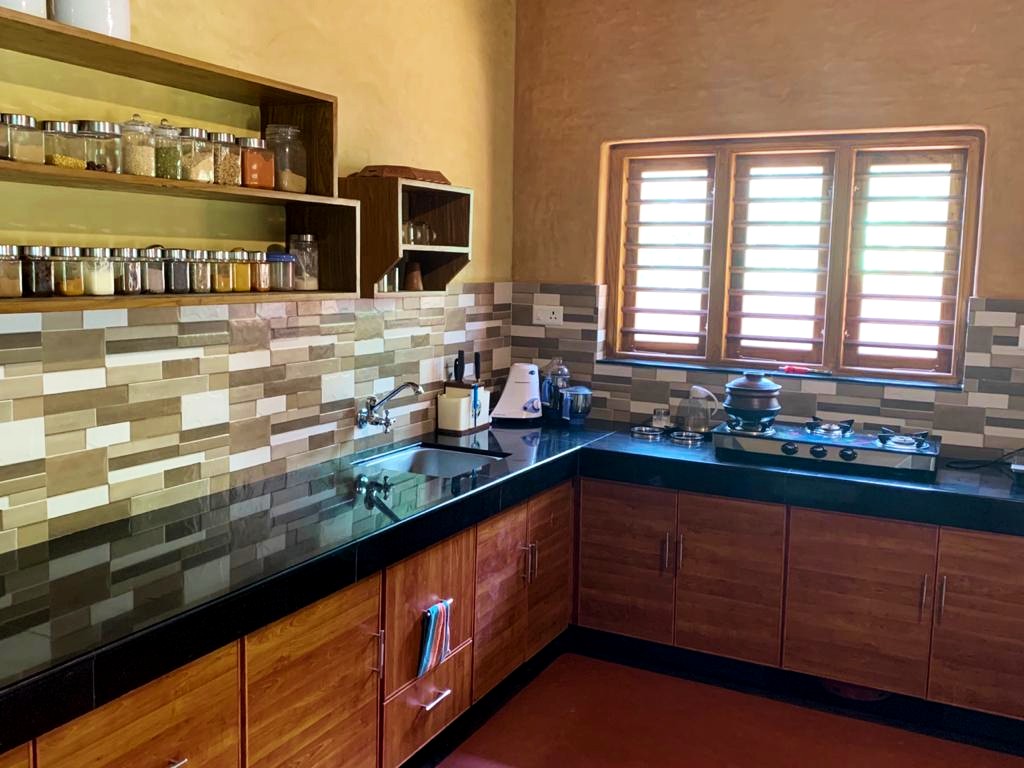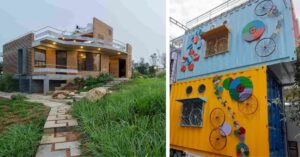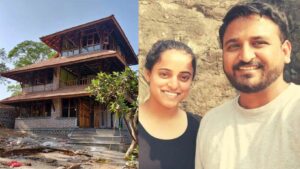How I Built an Eco-friendly Mud Home Within a Strict Budget
Sunny Nelson is a 33-year-old former Merchant Navy officer who built an eco-friendly mud home within a strict budget

Sunny Nelson is a 33-year-old former Merchant Navy officer, who decided to retire from work because he wanted to live in Kottiyoor, his hometown in Kerala’s Kannur district, and earn a living by practising farming. But first, he wanted to live in a home that would remain cool through the hot summer months.
“My parental home is unbearably hot during the summers, and we use the air cooler more often, which not only damages the environment but also results in a huge electricity bill,” he begins.
‘The Better Home’ brought to you by ‘The Better India’
We created ‘The Better Home’ because you shouldn’t have to choose between non-toxic ingredients and effective cleaning. Our cleaners are safe for babies, pets, skin and our oceans.
Explore our range of powerful, earth-friendly cleaners here.
Sunny started looking for ideas online, and came across several videos on YouTube which suggested that mud walls would give an insulating effect, thereby preventing heat from getting in very quickly. They would also be budget friendly.
The idea appealed to him, so he purchased a half-acre plot of land in April 2019, and hired local labour to help him build his dream home.
Today, Sunny, his wife and child live in a 1250 square-feet one-storey mud house with 3 bedrooms. While the cost of construction was Rs 20 lakh, the furnishing was done within a budget of Rs 3 lakh. He claims that he had to take a loan only to purchase the land.
Here’s how it stayed within budget.
For The Exterior of the Home
A resident of Kottiyoor had used laterite bricks to build his home, and Sunny liked the idea and decided to do the same. Made from a mixture of laterite soil-sand-cement, laterite bricks not only help to regulate humidity but are also environment-friendly.
“Through him, I got in touch with some labourers in Kozhikode who were specialists in making laterite bricks. They used these bricks to construct the house, and the pillars on the porch. These bricks were priced at Rs 60/ piece. When I found out that the labourers had earlier helped construct temples, I paid them extra to carve intricate designs on the pillars,” he mentions.
Sunny decided he would not plaster or paint the outside of his house because the orange-hued, uneven-textured laterite bricks gave a rustic look to the house, which he liked. This way, could also save money on plastering and painting.
For the roof, he chose weather-resistant clay tiles that have a longer lifespan compared to other materials such as terracotta, or slate. “The clay tiles which are being made nowadays are not as strong as the ones made during the time of my parents. Instead of purchasing new ones, I approached villagers who had recently demolished their old homes. It is a practice among people here to store clay-roof tiles, as they are considered valuable. After washing them using a high-pressure compressor, and applying paint, they looked brand new. I purchased these tiles for Rs 5 per piece while other clay tiles were priced at Rs 45,” says Sunny.
For The Interior
The walls of Sunny’s home are plastered with mud. To choose the right kind of mud-finish, he approached an architectural firm named ‘Vasthukam Architects’ in Thrissur, that constructs eco-friendly homes.
“Vasthukam’s office is an eco-friendly space, the walls are made of the different varieties of mud-plasters they offer. Here, I could clear all initial doubts — what type of mud to use, which will be durable, which is cost-effective, and more. Finally, I settled for a basic mud plaster with a smooth finish,” says Sunny.
Vasthukam also did the flooring for the house, using red-oxide tiles. These tiles are economical, eco-friendly, easy-to-maintain, and adaptable to different climatic conditions.
In the kitchen, Sunny limited the usage of timber or any other kind of wood for making cupboards and shelves.
“Instead of timber products, I chose ‘ferro-cement’ slab panels. The panels are made by applying a mix of cement, sand, and water over a metal-wire mesh. These were used for making cupboards, wardrobes and shelves,” he mentions, adding that the windows were made from cement, and coated with wood-coloured paint. A final layer of polish was added for a shiny finish.
The construction began in June 2019, and was completed by February 2020. It’s hard to miss Sunny’s sigh of relief when he mentions that he moved into the home with his family, right before the nationwide lockdown was announced.
“The house is equipped with two fans, but we hardly needed to use them during the summer. It remained pleasant, and breezy all through those hot months, and is probably the one reason why the lockdown was somewhat bearable for us,” he concludes.
Pictures courtesy: Sunny Nelson
(Edited by Gayatri Mishra)
Like this story? Or have something to share?
Write to us: [email protected]
Connect with us on Facebook and Twitter.
This story made me
- 97
- 121
- 89
- 167
Tell Us More
We bring stories straight from the heart of India, to inspire millions and create a wave of impact. Our positive movement is growing bigger everyday, and we would love for you to join it.
Please contribute whatever you can, every little penny helps our team in bringing you more stories that support dreams and spread hope.



















